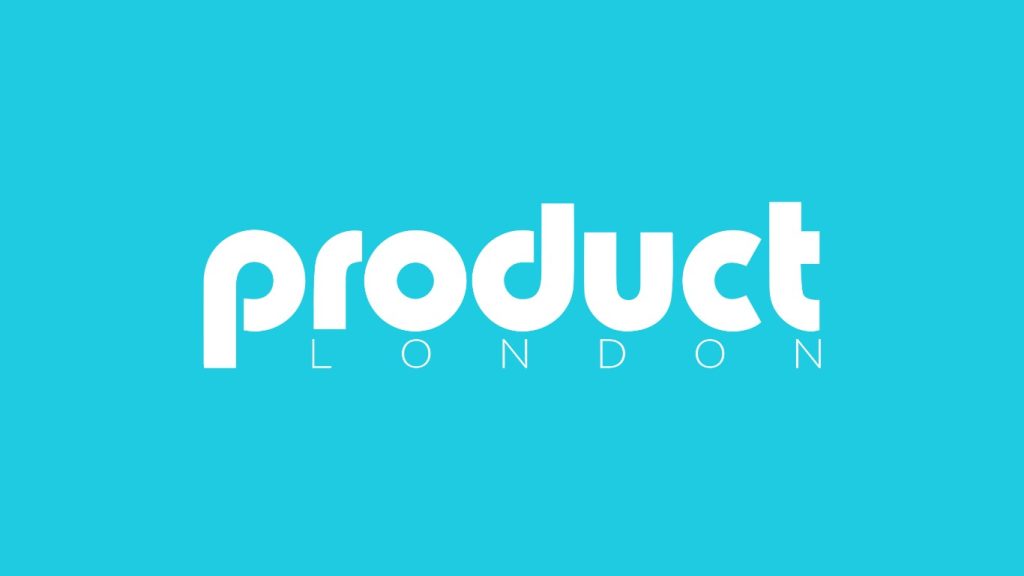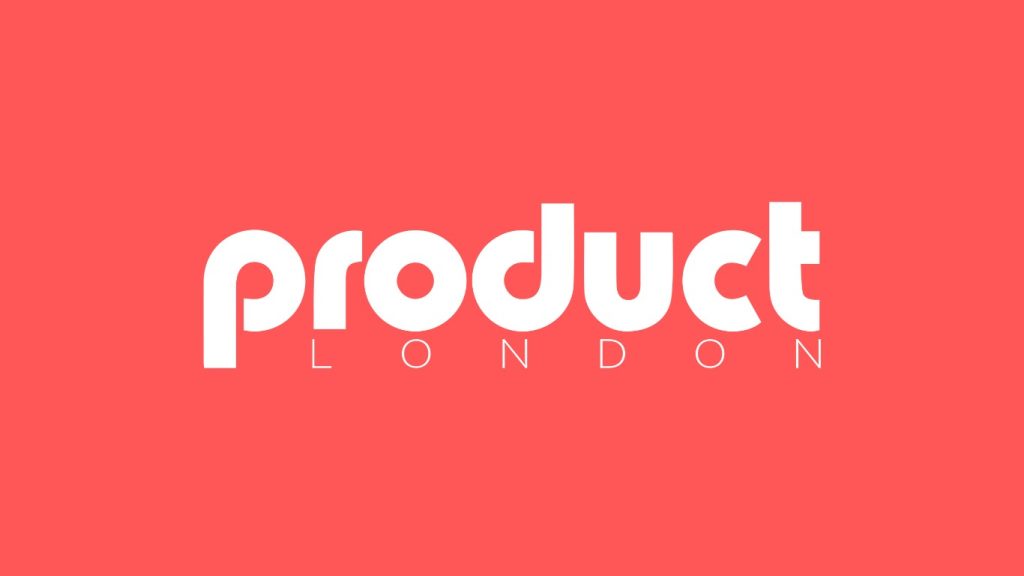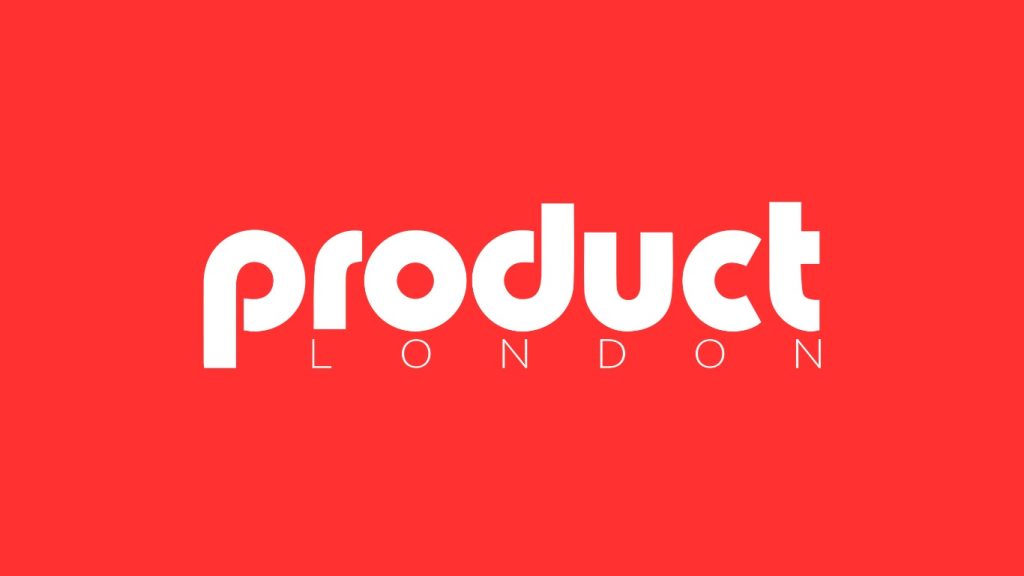To maximize influencer partnerships on Twitter, start with defining clear objectives that align with your marketing strategies to enhance brand visibility. Prioritize selecting relevant influencers over follower count, as data shows micro and nano influencers can drive higher conversion rates. Co-create engaging content with content creators, utilizing video and strategic hashtags to tap into the 80% video engagement rate. Leverage Twitter features like polls, threads, and Twitter Cards to increase user interaction and visibility. Continuously monitor engagement metrics and adjust strategies in real-time for better results. Explore these tailored strategies to boost your brand’s impact on Twitter.
Key Takeaways
- Define clear, measurable objectives to align influencer partnerships with marketing goals and track campaign effectiveness.
- Select influencers based on relevancy and engagement rather than follower count to ensure authentic connections.
- Co-create engaging content with influencers, utilizing video and hashtags to boost audience interaction.
- Leverage Twitter features like polls, threads, and Moments to enhance engagement and brand visibility.
- Regularly monitor engagement metrics and adjust strategies for improved campaign performance and influencer relationships.
Define Clear Objectives
When brands initiate influencer partnerships on Twitter, defining clear objectives is essential to maximizing the effectiveness of their campaigns. These influencer marketing campaigns hinge on the ability to enhance brand visibility, with data indicating that over 40% of Twitter users have purchased a product after an influencer’s endorsement.
Establishing measurable goals aligned with broader marketing strategies is important for success. These goals help delineate key performance indicators (KPIs) such as engagement rates, reach, and conversions, which form the backbone of performance tracking and campaign evaluation.
By clearly outlining objectives, brands can effectively collaborate with Twitter influencers, ensuring that both parties are aligned on expected outcomes. This alignment fosters a seamless partnership, ultimately contributing to increased brand awareness and campaign success.
Regularly tracking performance through established KPIs allows for real-time adjustments, enhancing overall campaign effectiveness and ensuring that efforts remain in sync with the brand’s strategic goals.
Select the Right Influencers
To optimize influencer partnerships on Twitter, selecting the right influencers is a vital step that requires a strategic approach. Prioritizing relevancy over follower count is essential, as smaller, engaged audiences can greatly enhance brand trust and authenticity. Micro and nano influencers, with under 100,000 followers, often drive higher conversion rates through targeted recommendations, offering a more authentic connection with your audience. Analyzing potential influencers’ past posts guarantees alignment with brand values and messaging, fostering genuine connections that resonate with your target demographic.
Utilizing Twitter’s advanced search capabilities and dedicated analytics tools like Followerwonk allows marketers to identify relevant influencers with high engagement rates and niche expertise. Examining past collaborations and engagement metrics enables brands to select influencers who have effectively promoted similar products or services, securing a better fit with campaign goals.
| Criteria | Importance | Tools/Methods |
|---|---|---|
| Relevance over Follower Count | High | Analytics tools, Twitter search |
| Engagement Rates | Critical | Followerwonk, past posts |
| Alignment with Brand Values | Essential | Content analysis |
This data-driven approach to Twitter influencer marketing guarantees that partnerships are not only relevant but also align with brand messaging, ultimately enhancing conversion rates and audience engagement.
Craft Engaging Content
After selecting the right influencers, the next step involves crafting engaging content that maximizes the potential of these partnerships on Twitter. Influencer content should leverage the narrative-driven skills of influencers to resonate with their audience, thereby enhancing engagement.
By co-creating visually appealing video content, brands can tap into the fact that 80% of Twitter user sessions involve video watching. This makes video a powerful medium for product demos and reviews, greatly expanding influencers’ reach.
Incorporating relevant hashtags is vital, as research indicates that tweets with hashtags receive twice the engagement compared to those without. This strategy enhances content discoverability and broadens the potential audience.
Encouraging influencers to share behind-the-scenes content or sneak peeks can generate excitement and anticipation, further boosting engagement among Twitter users.
Providing influencers with creative freedom is essential, enabling them to create authentic content that aligns with their personal brand and resonates with their followers. This authenticity can foster a deeper connection with the audience.
Utilize Twitter Features
How can brands and influencers effectively optimize their presence on Twitter? To start, they should utilize Twitter features designed to boost engagement rates and enhance brand visibility.
By employing Twitter polls, influencers can engage their followers directly, collect valuable opinions, and foster interaction, which often translates to heightened tweet engagement. Another potent tool is Twitter threads, which allow influencers to construct a compelling narrative around a product or campaign. This method encourages the sharing of multiple related tweets, thereby enhancing visibility and storytelling.
Moreover, leveraging Twitter Moments enables influencers to curate and highlight significant events, promotions, or collaborations. This feature aids in presenting a cohesive narrative that resonates with the audience, further amplifying brand visibility.
Hashtags play a strategic role in these collaborations by improving discoverability and facilitating broader conversations around specific topics or campaigns, thereby engaging a wider audience.
Additionally, Twitter Cards provide an opportunity to enrich tweets with visual content, such as images or videos. This enhancement makes influencer promotions more visually appealing, driving higher engagement rates.
Monitor and Adjust Strategy
Effective influencer partnerships on Twitter necessitate a robust strategy for monitoring and adjusting campaigns to maximize impact. To achieve this, brands must regularly analyze engagement metrics such as likes, retweets, and replies. These metrics provide essential data-driven insights into the performance of influencer content, highlighting areas for improvement and ensuring that campaigns maintain their relevance.
By adopting dynamic strategies informed by real-time data, brands can swiftly adapt their messaging to better resonate with their target audience. Monitoring website traffic and conversion rates associated with influencer posts is vital. Utilizing tools like UTM parameters allows for precise evaluation of return on investment (ROI), thereby confirming the financial efficacy of influencer partnerships.
Audience feedback, gathered through comments and sentiment analysis, further enriches these insights, guiding refinements for future campaigns. This feedback loop helps enhance both the immediate effectiveness and the long-term relationships with influencers.
Establishing a routine for campaign performance reviews is critical. These reviews not only inform ongoing marketing strategies but also help nurture long-term relationships with influencers, ensuring that collaborations remain beneficial over time.
Frequently Asked Questions
How Can We Measure the Authenticity of an Influencer’s Connection With Their Audience?
To assess an influencer’s authenticity with their audience, analyze engagement metrics, sentiment analysis, and interaction rates. Examine audience demographics, follower growth, content quality, niche relevance, and authenticity signals, supported by audience feedback and brand mentions.
What Are the Benefits of Long-Term Versus Short-Term Influencer Partnerships?
Long-term partnerships foster brand consistency, loyalty, and trust-building through deeper collaboration and relationship nurturing, enhancing content quality and audience engagement. Conversely, short-term collaborations offer flexibility and cost-effectiveness, allowing brands to swiftly adapt performance metrics to emerging trends.
How Do We Ensure Influencers Align With Our Brand’s Values?
To guarantee influencers align with our brand’s values, evaluate brand alignment, audience fit, and shared values. Consider ethical considerations, cultural relevance, and mission synergy. Assess value proposition, reputation alignment, messaging consistency, and mutual goals for thorough partnership validation.
What Role Does Influencer Storytelling Play in Campaign Success?
Influencer storytelling greatly enhances campaign effectiveness by employing storytelling techniques that foster influencer engagement and emotional connection. Narrative consistency with the brand narrative boosts audience perception, trust building, content creativity, and message resonance, ultimately strengthening the campaign’s impact.
How Can Personalized Outreach Enhance Influencer Relationship-Building?
Personalized messaging enhances influencer relationship-building through targeted engagement and tailored content. Utilizing audience segmentation and value alignment fosters emotional connection, while ongoing communication and feedback loops support trust building strategies and effective relationship nurturing in evolving digital landscapes.
Conclusion
In summary, effective influencer partnerships on Twitter require a strategic approach grounded in data and trends. Clear objectives must be established to guide the collaboration, while careful selection of influencers guarantees alignment with the target audience. Engaging content crafted with precision can enhance audience interaction. Utilizing Twitter’s features maximizes reach and impact. Continuous monitoring and strategic adjustments based on performance data are essential to optimize outcomes and guarantee the partnership remains relevant and effective in a dynamic digital landscape.




